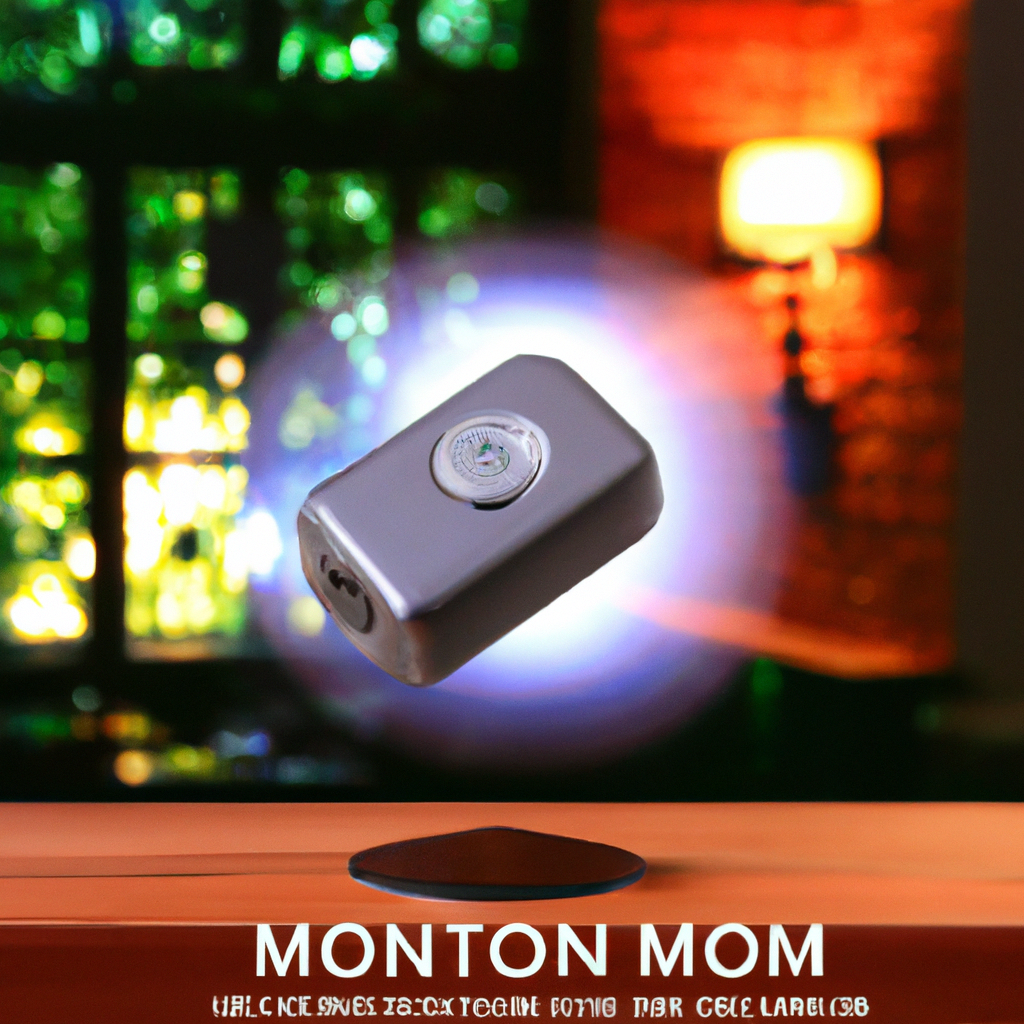Motion detectors or motion sensors are devices that detect motion within a specified range. These devices are widely used in security systems, home automation, and energy-saving applications. They work by detecting changes in the infrared radiation emitted by objects in their field of view. In this article, we will explore how a motion detector works, the different types of motion detectors, and their applications.
How does a motion detector work?
Motion detectors work based on the principle of motion detection technology, where they sense changes in the infrared radiation emitted by objects in their field of view. These devices use a passive infrared sensor (PIR sensor) to detect motion. A PIR sensor is a type of motion detector that detects changes in the heat signature of objects within its range of detection.
When a PIR sensor detects a change in the heat signature of an object, it triggers an alarm or turns on a light. The sensor is usually placed in a housing that protects it from environmental factors such as wind, rain, and temperature changes. The housing also helps to focus the sensor’s field of view.
Types of Motion Detectors
There are different types of motion detectors available in the market. Some of the common types include:
1. Passive Infrared Sensors (PIR Sensors)
As mentioned earlier, PIR sensors are the most common type of motion detector. They detect changes in the heat signature of objects within their field of view. PIR sensors are widely used in security systems, home automation, and energy-saving applications.
2. Ultrasonic Sensors
Ultrasonic sensors emit high-frequency sound waves that bounce off objects within their range. When an object moves within the range of the sensor, it reflects the sound waves, which are then detected by the sensor. Ultrasonic sensors are commonly used in automatic doors, lighting control systems, and security systems.
3. Microwave Sensors
Microwave sensors emit low-power microwaves that bounce off objects within their range. When an object moves within the range of the sensor, it reflects the microwaves, which are then detected by the sensor. Microwave sensors are commonly used in security systems, automatic doors, and lighting control systems.
Applications of Motion Detectors
Motion detectors are used in various applications, including:
1. Security Systems
Motion detectors are a crucial component of security systems. They detect intruders and trigger alarms or notify the security personnel. Motion detectors are commonly used in homes, offices, and commercial buildings.
2. Home Automation
Motion detectors are used in home automation systems to control lighting, temperature, and other home appliances. They can detect when a person enters a room and turn on the lights automatically. This helps to save energy and improve convenience.
3. Energy-saving Applications
Motion detectors are used in energy-saving applications such as lighting control systems. They can detect when a person enters a room and turn on the lights automatically. This helps to save energy and reduce electricity bills.
Conclusion
In conclusion, motion detectors are essential devices that detect motion within a specified range. They work based on the principle of motion detection technology, which uses a PIR sensor to detect changes in the infrared radiation emitted by objects in their field of view. There are different types of motion detectors available in the market, including PIR sensors, ultrasonic sensors, and microwave sensors. Motion detectors are used in various applications, including security systems, home automation, and energy-saving applications.







